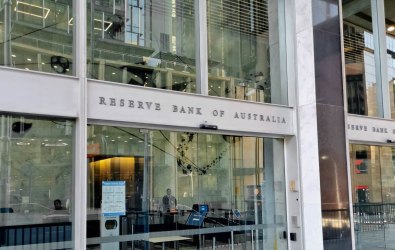The age pension is the holy grail of retirement products and any product development should aim to model on this service, according to Challenger retirement income chairman Jeremy Cooper.
"In a way, the best retirement product out there is the age pension, because it deals with longevity risk, it is not volatile and it has a very complex series of benchmarks that keeps up with higher earned wages and price inflation," Cooper said at the Finsia Conference 2011 earlier this week.
"It is the archetypical retirement product. The only problem with it is that it is far too low; you can't live on it. But it is the example we should be shooting for," he said.
Superannuation funds have started to place more emphasis on the development of retirement products as a way to retain members who move out of the accumulation phase.
Association of Superannuation Funds of Australia chief executive Pauline Vamos said the topic had become increasingly part of industry debates.
"The conversation about opening up retirement funds is happening now," Vamos said.
"It was part of the tax forum, it is part of the Superannuation Advisory Council discussions, so we are hoping to see something in next year's budget."
But she said the current legislation provided challenges to develop new retirement products.
"I think one of the stumbling blocks is the way in which you've got life insurance, funds management and superannuation regulated, so product innovation is going to be limited," she said.
For example, the current legislation limits product development in annuities, which are probably the type of products that most closely resemble the age pension, because means testing rules and asset classification make deferred annuities mostly inefficient.
But AustralianSuper chief executive Ian Silk said the range of available retirement products was not the most pressing issue to members.
"Remember that for most people it is a secondary issue," Silk said.
"In 2009/10, the average male retired on $198,000 in superannuation and the average woman on about $113,000 on average.
"The biggest issue for most people is not what product am I going to go to, but is their superannuation savings sufficient for them?"
He argued that most people who were going to retire in the coming years had only been saving for a limited period of time, which limited their options.
"The point is not that the superannuation system is a dud, but it is immature at the moment," he said.
"Products are important, but just remember for most working Australians it is less important than that they are retiring with an adequate amount of money. The 12 per cent [superannuation guarantee] is of course particularly important."





